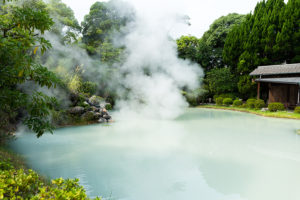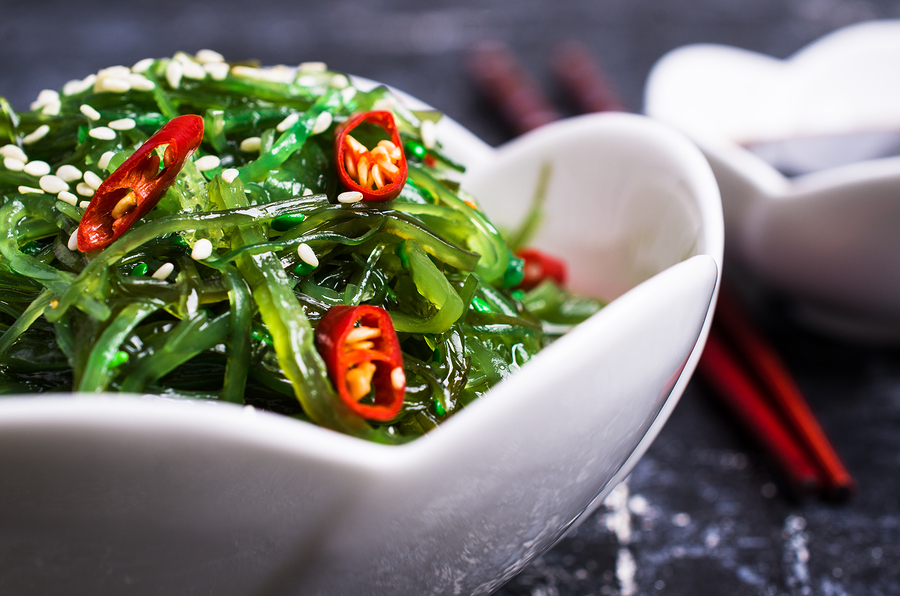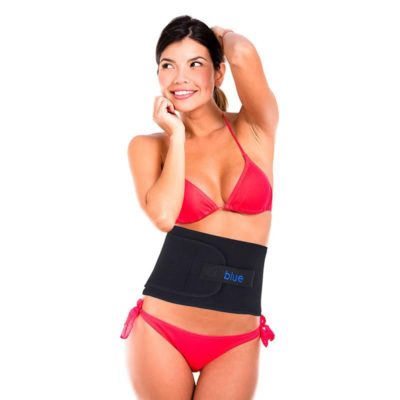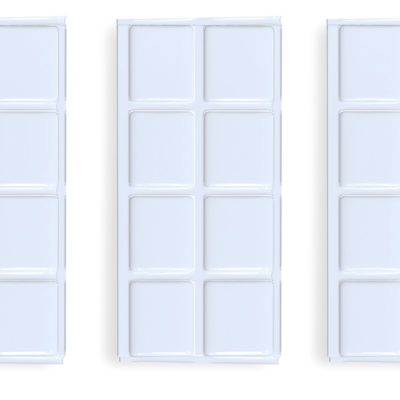What We Can Learn From the Healthy Lifestyles of the Japanese
The Japanese are at or near the top (along with Scandinavians) of the list of the longest and healthiest life spans. Sure, some of that is due to the genes passed down through generations, but maybe more important is the culture that is passed down. The way they live their lives, the food, the activities, all so firmly ingrained that they barely have to think about it. And all things that we can incorporate into our own lives.
Seafood

Japan is in the top six of seafood-consuming countries. Japanese people have always preferred seafood to meat. Fish contains high-quality proteins, nutrients and omega 3 fatty acids that are needed for the proper functioning of the brain, heart and organs. As well as lowering the risk of heart disease by 36 percent, fatty fishes improve mood and prevent certain types of cancer. The most popular seafood are salmon, tuna, mackerel and shrimp. Nutritionists advise eating two servings of seafood each week, poached, grilled or steamed.
Seaweed

It doesn’t count as seafood even though it’s from the sea, but the Japanese consume approximately 100,000 tons of the more than 20 different species of seaweed a year. Seaweed is brimming with protein and potassium and is one of the few foods that contain iodine that regulates the thyroid gland. Additionally, scientists theorize that Japan’s significantly lower rates of breast cancer are due to seaweed’s ability to regulate estrogen levels. Oddly though, you can overdo it. Seaweed is so nutrient dense that it can have adverse side effects. Don’t binge on it.
Karaoke

Japan invented karaoke, and it is wildly popular, grossing more than ten billion dollars a year in Japan. To demonstrate the magnitude of the popularity, the film industry usually grosses 2.6 billion dollars. A study of 20,000 Japanese men found that a night out with friends having a few drinks improves cardiovascular health. Adding the deep breathing needed for singing, karaoke is also good for the nervous system. And since you don’t need to be Gackt (current top Japanese singer) to get applause, that sort of exciting group recognition and approval can turn any bad day around and tangibly eases stress that is always bad for your health.
Onsen and Sento

More than 85 percent of the Japanese end their day at the hot springs (onsen) or in a public bath (sento). Fortunately for them, volcanic activity has left behind thousands of hot springs. As far back as the 17th century, Japanese medical texts were recommending a hot soak to ward off various ailments. Still today, Japanese scientists confirm that a bath in water laden with minerals (e.g., silica, magnesium, calcium and niacin) can treat rheumatism, skin disorders and neuralgia, while improving the quality of sleep and reducing stress. If you use the soaking time for meditation, you will add the additional benefit of lowering your blood pressure.
Integrated Exercise
As Americans we do what I call “planned exercise,” exercise that is an extension of our day and that we make time for: in the morning, on our lunch hours, on the way home from work, in the evening. And because it is planned, it can be “rescheduled.” In other words, we can put it off or skip it completely.
In Japan, exercise is not planned. It’s part of everyday life, i.e., integrated into their daily lives. The Japanese are not spending hours (and lots of money) in gyms, walking and not getting anywhere on treadmills, counting food points or attending weekly meetings to get or stay healthy. Take walking, for instance. For them, it is a ritual that reduces stress, improves the energy level and the mood, improves cardiovascular health and helps weight loss. For one thing, cities are not designed for cars. People take public transportation. They walk to the station, stand on the train, walk when transferring from one station to another, and walk to their destination once they arrive at final station. Along the way, there are lots of stairs to climb.
In contrast, we (Americans) sit at work or in class, drive home, sit and play on the computer or watch television. That half hour in the gym isn’t able to overcome our sedentary lifestyles. We may live in a car-centric society, but we can resist and build slow, frequent walking into our daily lives.








